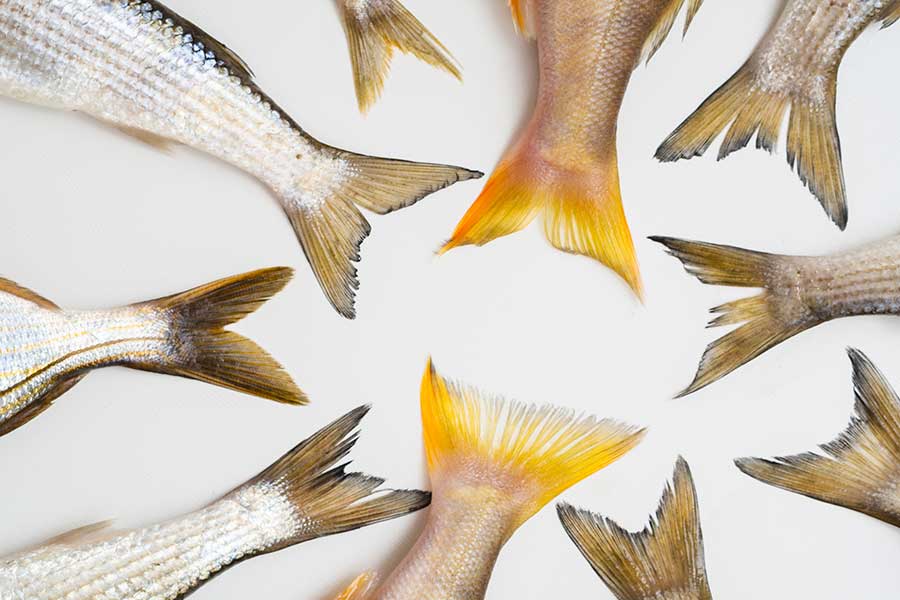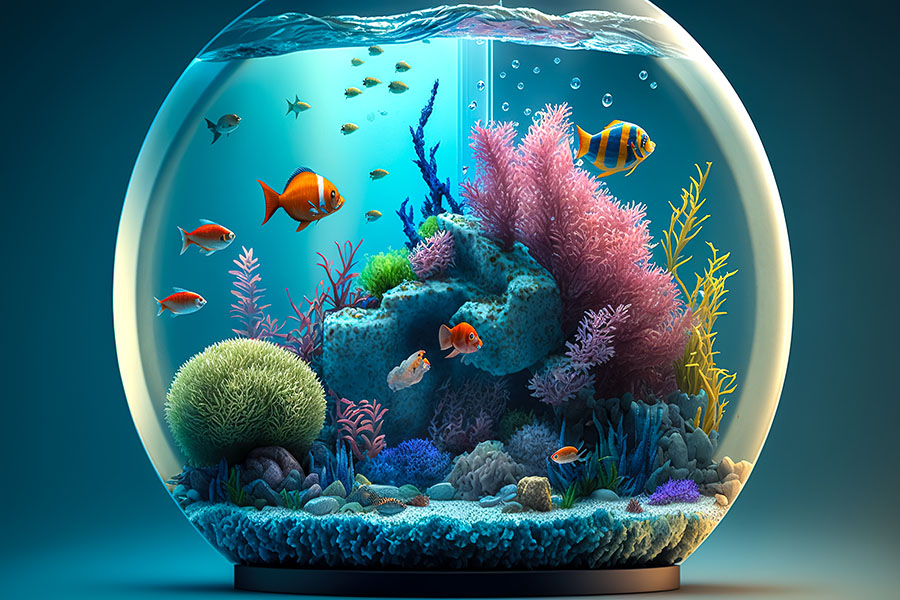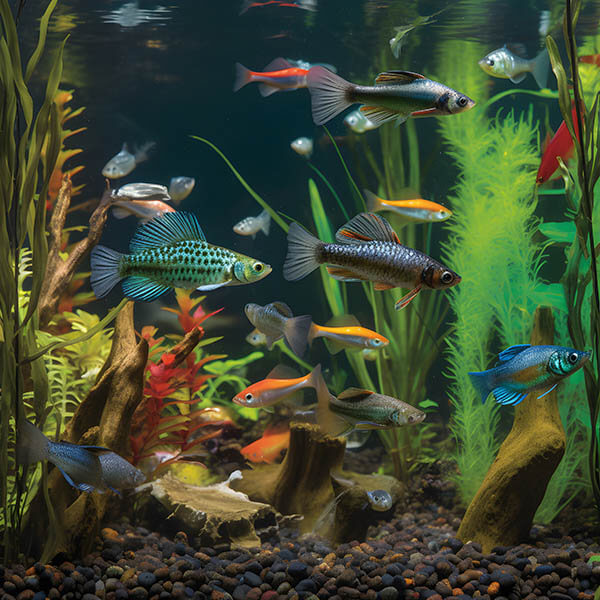Fish with transparent heads might sound like a science fiction fantasy, but these creatures exist in the real world. Deep in the ocean where sunlight fades into complete darkness lives one of nature’s most bizarre and fascinating animals—the barreleye fish. Known for its transparent dome-like head and upward-facing tubular eyes, this strange fish has stunned scientists and viewers alike. Rarely seen alive, the barreleye fish remains a mysterious species with alien-like features and extraordinary adaptations. But why does it have a see-through skull? And how does it survive in such extreme depths? Let’s explore what makes the barreleye fish one of the ocean’s weirdest creations.
Barreleye Fish: A Deep-Sea Marvel
The barreleye fish is a small, deep-sea fish that typically lives at depths between 600 and 800 meters, where light is nearly nonexistent. This fish was first described in 1939, but for many decades, scientists only knew it from dead specimens caught in deep-sea nets. Everything changed in 2004 when researchers at the Monterey Bay Aquarium Research Institute (MBARI) captured live footage of a glowing green-headed fish calmly hovering in the blackness of the deep ocean.
The footage revealed something astonishing—its skull was transparent. Inside its head were two bright green, barrel-shaped eyes aimed upward. These eyes are enclosed in a clear, fluid-filled dome that allows the fish to detect faint light and movement above while staying perfectly still. This unusual eye design gives the fish a unique hunting advantage in the dark ocean environment.
Why Do Barreleye Fish Have Transparent Heads?
The most distinct feature of the barreleye fish is, without a doubt, its transparent head. But why would evolution favor such an odd trait? The answer lies in its environment.
At such deep levels of the ocean, sunlight barely penetrates. For predators and prey alike, visibility is almost zero. A transparent head allows light to pass through directly to the fish’s sensitive eyes, without being blocked or scattered by bones or tissue. This makes it easier for the barreleye to spot bioluminescent creatures drifting above.
Additionally, the dome-like head functions as protection. The barreleye often steals food from siphonophores—long, stinging jellyfish-like creatures. The transparent shield acts as a natural barrier against their tentacles, preventing injury while the fish carefully snatches pieces of food.
The Anatomy of a Barreleye Fish
The anatomy of the barreleye fish is unlike anything else in the ocean. Its most famous feature—the transparent dome—is filled with fluid and is soft, almost gelatinous. Just beneath this dome are the real eyes, which are cylindrical and have the ability to rotate inside their sockets.
Contrary to what many think, the small black dots near its mouth are not eyes. They are actually its olfactory organs, which help detect chemicals in the water, much like a nose.
Its mouth is small and faces forward and slightly downward, positioned perfectly to intercept drifting prey. The body is mostly dark and soft, with long, flat fins that help the fish hover almost motionlessly in the water column—an energy-saving adaptation crucial for deep-sea life.
How Barreleye Fish See in the Dark
The barreleye fish relies on a pair of large, tubular eyes that are highly sensitive to light. These eyes are perfectly adapted to detect bioluminescent flashes from prey such as jellyfish and plankton. Since they typically point upward, the fish can detect animals swimming above it in the faint light that filters down.
What’s truly fascinating is that the fish can rotate its eyes forward when it’s feeding. This allows it to keep its prey in focus and approach with precision. This unique dual-position vision makes it one of the best-adapted visual systems in the deep-sea world.
The green pigment in the eyes helps filter out sunlight from the surface, allowing the fish to focus on the light produced by bioluminescent organisms, making hunting more efficient.
The Viral Rise of the Barreleye Fish
Although the barreleye fish was known to science for decades, it wasn’t until the early 2000s that it captured public attention. MBARI’s deep-sea footage of the fish floating calmly with its glowing, see-through head shocked audiences worldwide. The video quickly went viral on platforms like YouTube and Reddit, with viewers calling it an “alien fish” or “ocean ghost.”
Its surreal appearance and almost robotic behavior made it a favorite subject in documentaries, nature articles, and social media. The viral popularity of this fish has also boosted interest in deep-sea exploration, showcasing just how little we know about our oceans.
Conservation Concerns
Despite living in some of the deepest and least explored parts of the ocean, barreleye fish are not currently classified as endangered. However, their fragile environment is increasingly under threat due to human activities. Deep-sea trawling, pollution, and rising ocean temperatures could eventually impact their habitat and food sources.
Because they are rarely encountered and difficult to study, scientists still don’t fully understand how vulnerable the species may be. Continued ocean exploration and conservation efforts are essential to protect these rare deep-sea creatures and their mysterious ecosystems.
Final Words
The barreleye fish is one of nature’s most jaw-dropping examples of adaptation. With its transparent head, rotating eyes, and slow, hovering movement, it seems almost otherworldly. Yet it’s a living, breathing part of Earth’s vast underwater world.
As deep-sea technology improves, we’re likely to discover even more strange and beautiful creatures like the barreleye. But for now, it remains a powerful symbol of how life can evolve in the most extreme and unexpected ways. This fish with a see-through skull isn’t just weird—it’s wonderfully, brilliantly weird.
FAQs-About Barreleye Fish
Is the barreleye fish dangerous to humans?
No, the barreleye fish poses no threat to humans. It lives in very deep waters and is not aggressive.
Can barreleye fish survive in aquariums?
Unfortunately, no. Their bodies are adapted to the high-pressure, low-light conditions of the deep ocean and cannot survive at surface-level pressure.
How big do barreleye fish grow?
Barreleye fish typically grow to around 6 inches (15 centimeters) in length.












